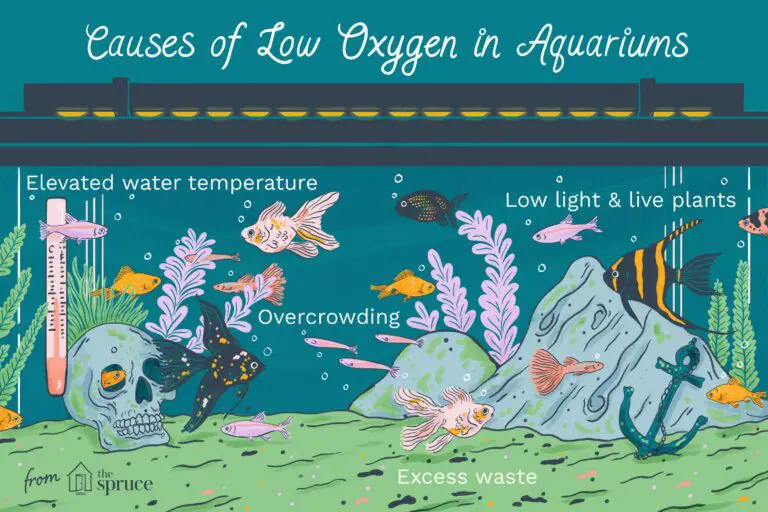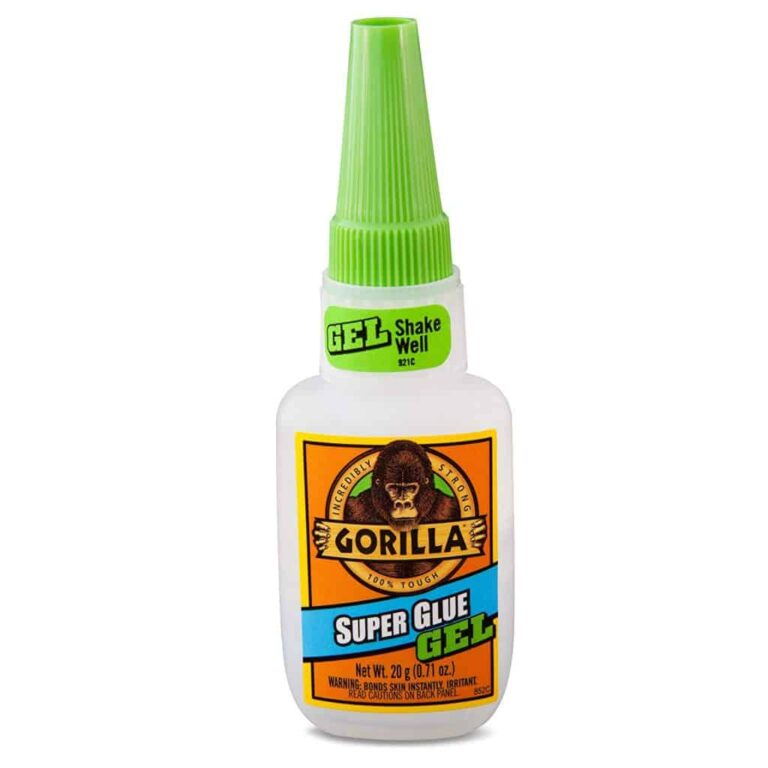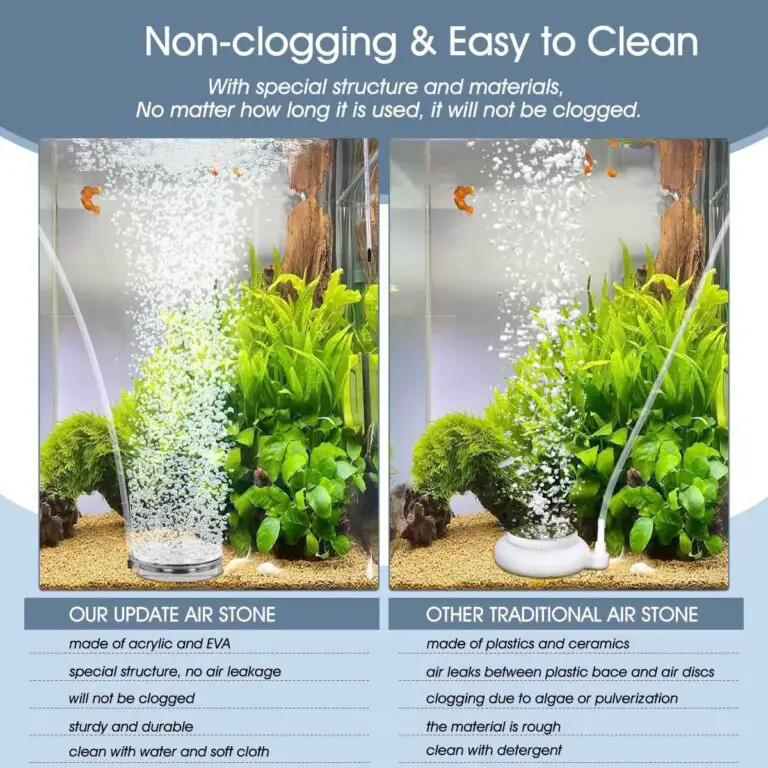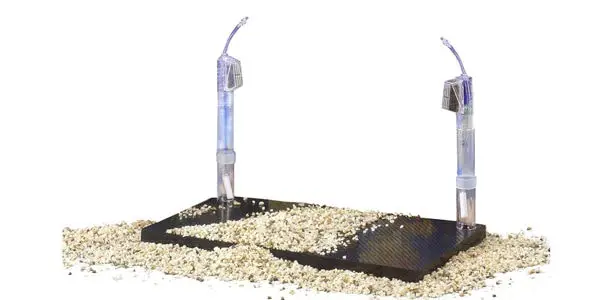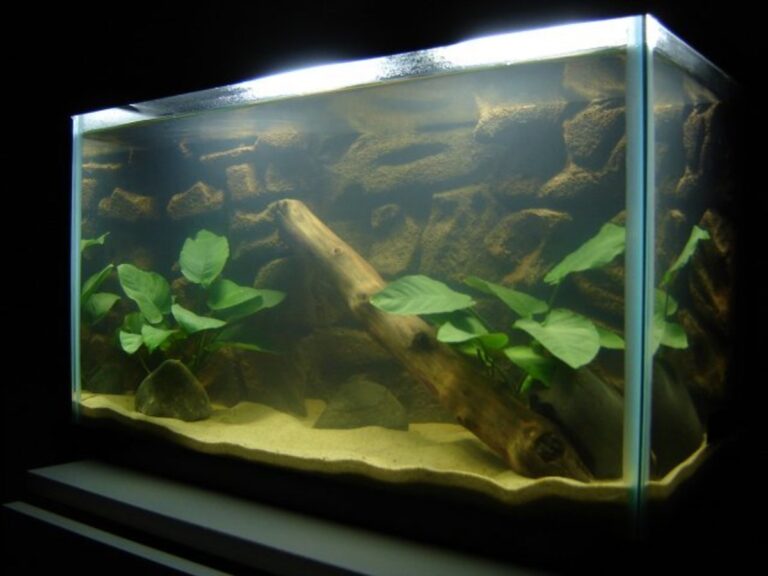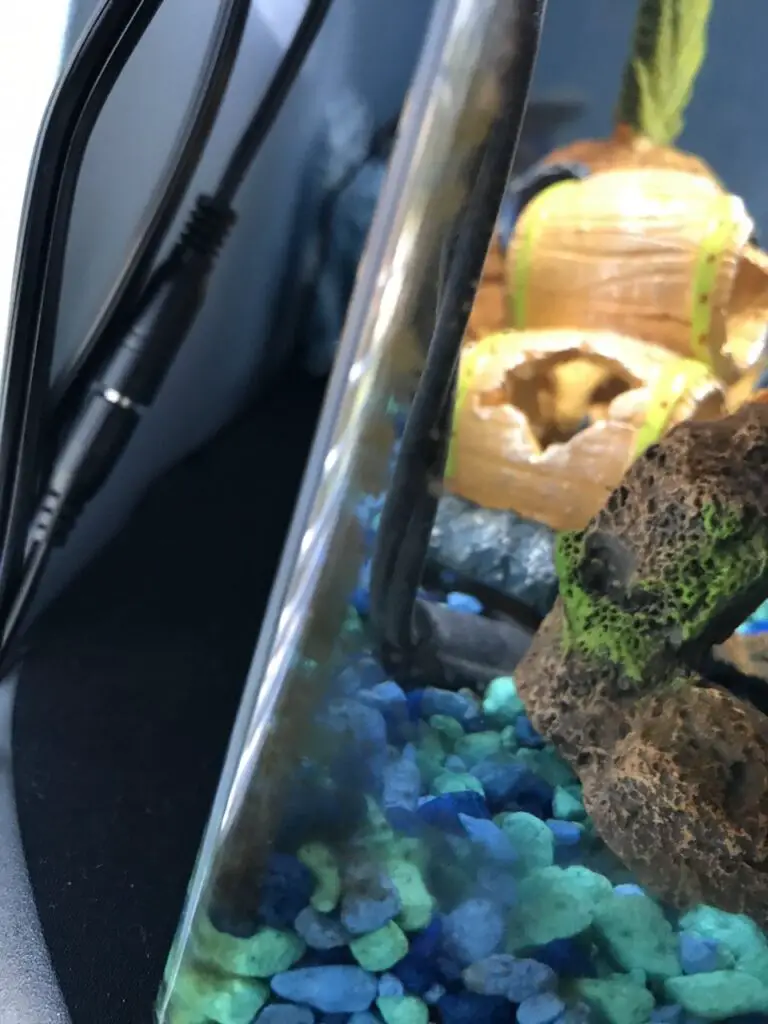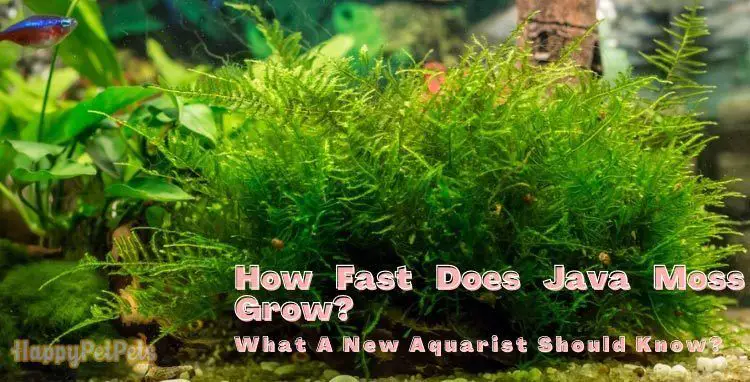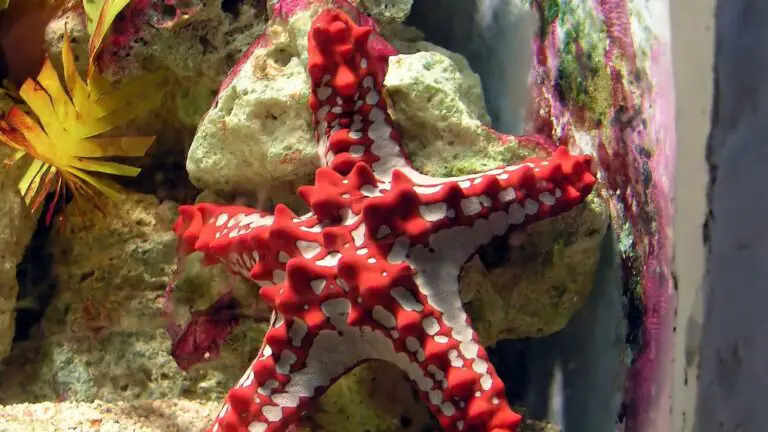Unlocking the Secrets: How Sponge Filters Actually Work?
Sponge filters work by allowing water to flow through a porous sponge material. The sponge is typically made of polyester or foam and comes in various shapes, sizes, and colors. As the water passes through the sponge filter, it traps any debris such as small particles of food or dirt that may be present in…

